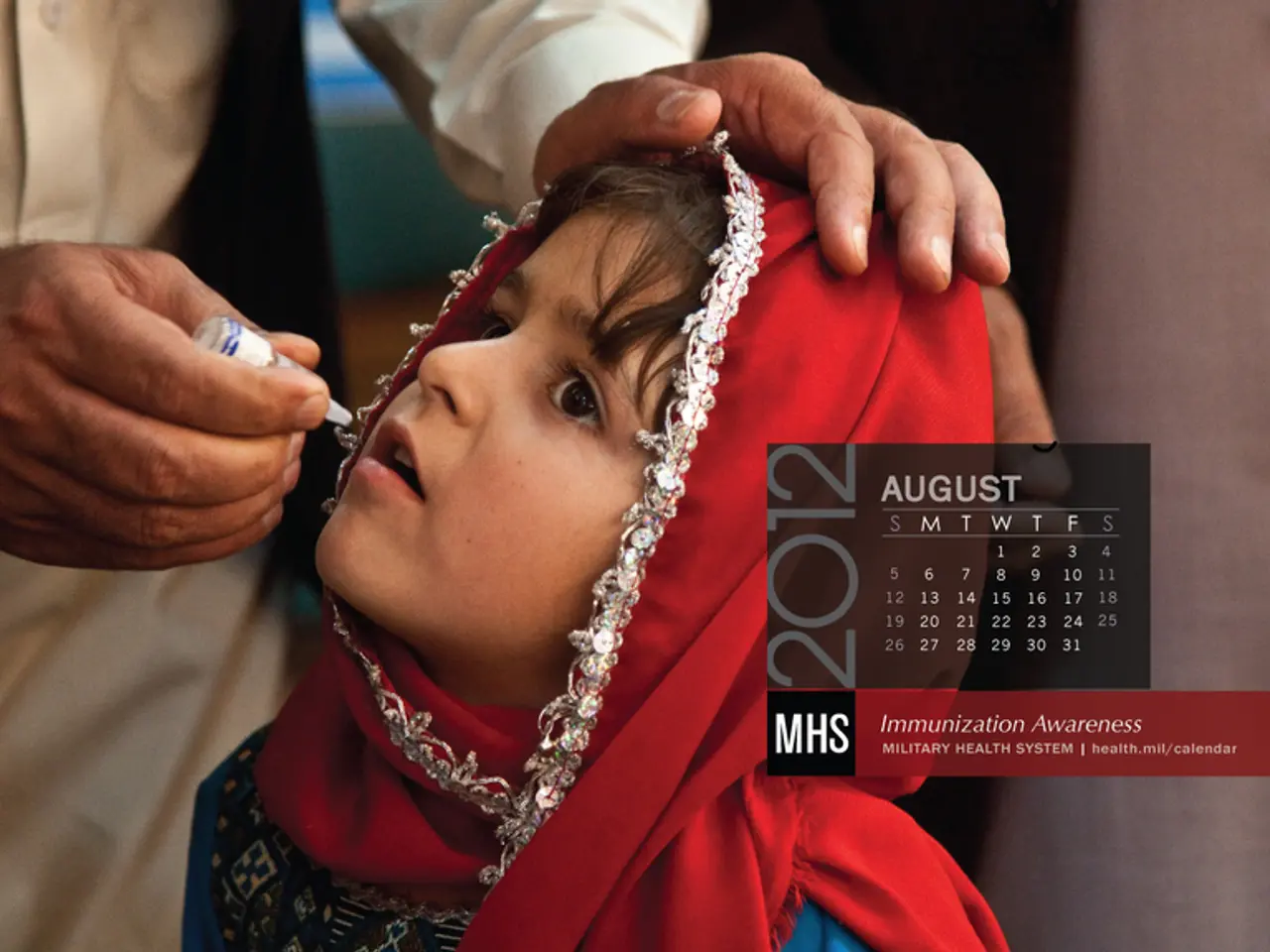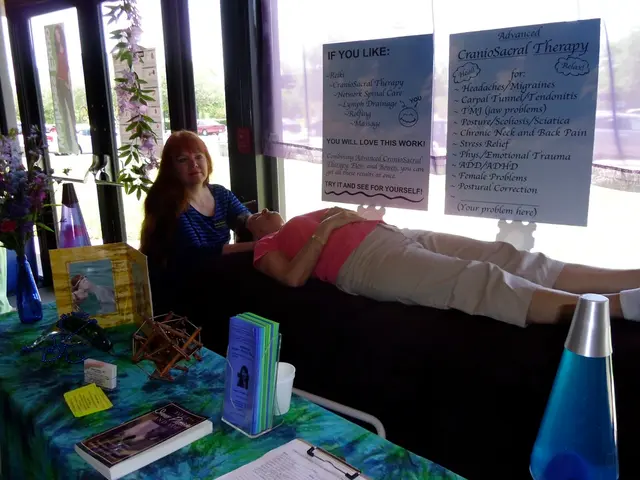HPV (Human Papillomavirus): Remedies, Signs, and Origins
HPV, or Human Papillomavirus, is a sexually transmitted infection that can cause genital warts and certain types of cancer. Although the virus often goes unnoticed, it can transmit through skin-to-skin contact, often during sexual activity.
Genital warts may not always show symptoms, or symptoms may appear and disappear. If they do appear, they can cause itching, burning, and other discomfort. They may manifest as small skin bumps, clusters, or stem-like protrusions and can be found on the vulva, cervix, penis, scrotum, anus, or groin area.
Healthcare professionals use several common methods to treat genital warts caused by HPV. The focus is on removing visible warts and managing symptoms, although the underlying virus remains in the body.
Topical medications, such as imiquimod (Aldara, Zyclara) and podofilox (Condylox), are prescription creams that help the immune system fight the virus or destroy wart tissue. Chemical treatments, like trichloroacetic acid or podophyllin, applied in a clinical setting, burn off the warts.
Cryotherapy, a standard outpatient procedure, freezes warts with liquid nitrogen, causing them to blister and fall off. Electrocautery, using electrical current to burn off warts, can be combined with other treatments to remove difficult lesions. Surgical removal, under local anesthesia, is used for larger or hard-to-treat warts, sometimes with laser treatment. High-powered laser beams target and remove warty tissue, useful for resistant cases or sensitive areas.
The choice of treatment depends on the wart's size, number, location, and patient factors. Multiple treatments may be needed, and warts can recur since HPV persists in the body. Additional considerations include avoiding sexual contact during and shortly after treatment (about two weeks) to prevent spread, and partner notification for treatment. Smoking may reduce treatment effectiveness.
Routine screening can lead to an early diagnosis and prompt treatment of HPV-related cancers, potentially preventing their spread. Currently, there is no routine screening for HPV in males, and the range of testing options is limited.
Pregnant individuals with HPV should keep up with prenatal care, stay in close contact with a doctor, and follow recommended screenings to reduce the risk to the person and the fetus. Most cases of pregnancy with HPV do not cause complications, and the risk to the fetus is low.
The HPV vaccine is recommended for individuals aged 11-12 years to reduce the risk of cervical and other forms of cancer. There are currently three HPV vaccines available: Gardasil, Cervarix, and Gardasil 9. People aged up to 26 years who have not received the vaccine should ask their doctors about it. Individuals aged 27-45 years who have not had the vaccine are eligible for vaccination with Gardasil 9.
It's essential to remember that HPV can increase the risk of developing cancer, especially in people with weakened immune systems. Risk factors for HPV include having multiple sexual partners, having sex without using barrier protection, having areas of skin, having contact with warts or surfaces where HPV exposure has occurred, not having the HPV vaccination, having other sexually transmitted infections, having a first baby at a young age, having given birth to many children, smoking tobacco products, and having a weakened immune system.
If a young child develops HPV symptoms, it may indicate child sexual abuse. HPV can cause health problems in children during pregnancy, and the parent can pass it to the infant through birth or contact.
In conclusion, the main healthcare professional approaches to genital wart treatment are topical prescription medications, chemical ablation, cryotherapy, electrocautery, laser therapy, and surgical excision, all individualized to patient needs and wart characteristics. The HPV vaccine is an essential preventative measure against HPV-related cancers. It is crucial to maintain open communication with healthcare professionals regarding any symptoms or concerns related to HPV.
- orifices, such as the anus, may also be affected in cases of HPV, causing similar symptoms.
- COPD, diabetes, asthma, hepatitis, and mental-health conditions like depression can coexist with HPV, necessitating comprehensive medical-care and health-and-wellness management.
- Topical medications like CBD oil have shown promise in managing certain symptoms and inflammation associated with HPV; however, more research is needed to validate its efficacy.
- Predictive models can help identify individuals at higher risk for HPV-related cancers, allowing for early interventions and better disease management.
- Healthcare providers may suggest skin-care practices like regular examinations and good hygiene to alleviate discomfort and reduce HPV transmission risks.
- Cancers like cervical and oral cancer can be linked to HPV, emphasizing the importance of sexual-health education and preventative measures.
- AQ (Aptima HPV Assay), a molecular diagnostic test, can help detect HPV DNA in a sample, aiding in the diagnosis and management of HPV-related conditions.
- Genital warts and HPV may not always have noticeable symptoms, highlighting the importance of routine screenings to identify infections early.
- Early detection and treatment can significantly reduce the risk of HPV complications, underscoring the need for awareness and prompt medical attention.




